Incidents of conflict between people and animals have frequently occurred in recent years. Adequate management of the distance between visitors and wild animals and reaching a win-win for both parties have always been major issues for national park headquarters across the country.
To address the aforementioned issue, the National Park editors’ group conducted special interviews of Yangmingshan National Park Headquarters and Yushan National Park Headquarters, which have shared experiences of incidents that have occurred and improvement methods adopted.
The Qingtiangang Grassland of Yangmingshan National Park is a special landscape area. According to historical records, this land has been used for buffalo grazing since the end of the Qing Dynasty. According to research conducted by Professor Lai Yu-Ching of the Huafan University as commissioned by the Yangmingshan National Park Headquarters in 2017, there are currently 29 water buffaloes on Qingtiangang. In terms of the overall potential impact on visitors, actual incidents of conflict between buffaloes and visitors is in reality extremely rare.
However, on August 11, injuries and death were caused by 2 consecutive incidents of visitors rammed by water buffaloes on the Qingtiangang Grassland. In order to ensure visitor safety, Yangmingshan National Park Headquarters closed the Qingtiangang Circular Trail and surrounding entrances right away.
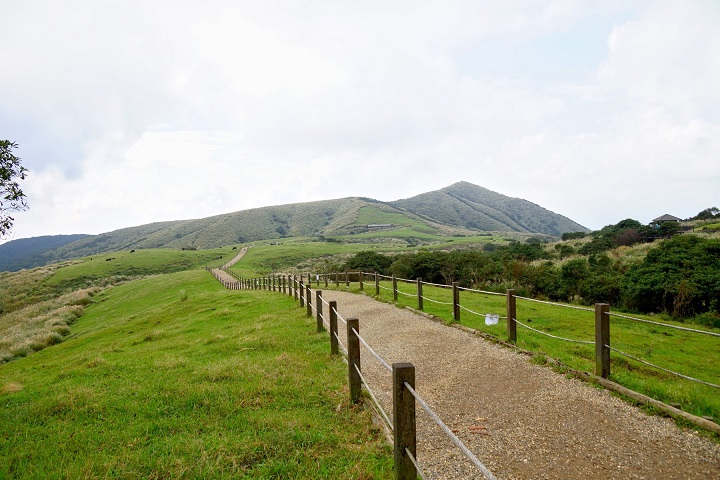
National Park is a special landscape area
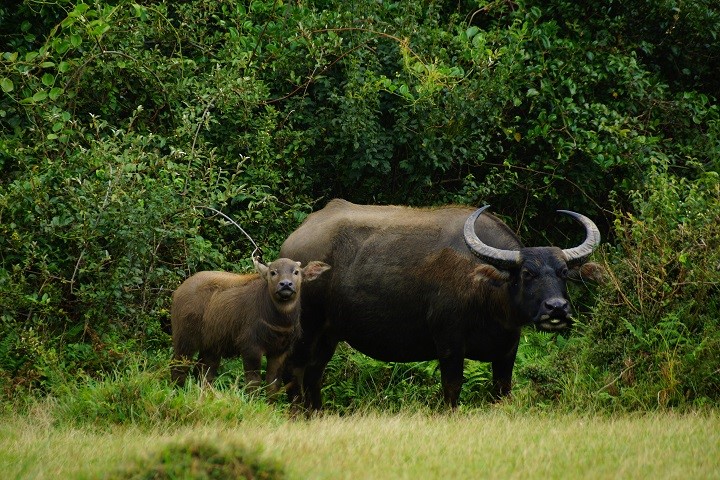
Lai Yu-Ching of the Huafan University as commissioned by
the Yangmingshan National Park Headquarters in 2017,
there are currently 29 water buffaloes on Qingtiangang
After meetings with relevant experts and scholars for discussion and further analysis, Yangmingshan National Park Headquarters decided to adopt a visitor-buffalo segregation method to prevent future incident of conflicts between visitors and buffaloes. The method comprises increasing central trail fence height to 120 cm and the addition of 3 horizontal bars to the fence. In addition to the central trail, 2 complete grass fields are planned for alternated usage between visitors and buffaloes, balancing visitor recreational sight-seeing and grassland ecosystem conservation.
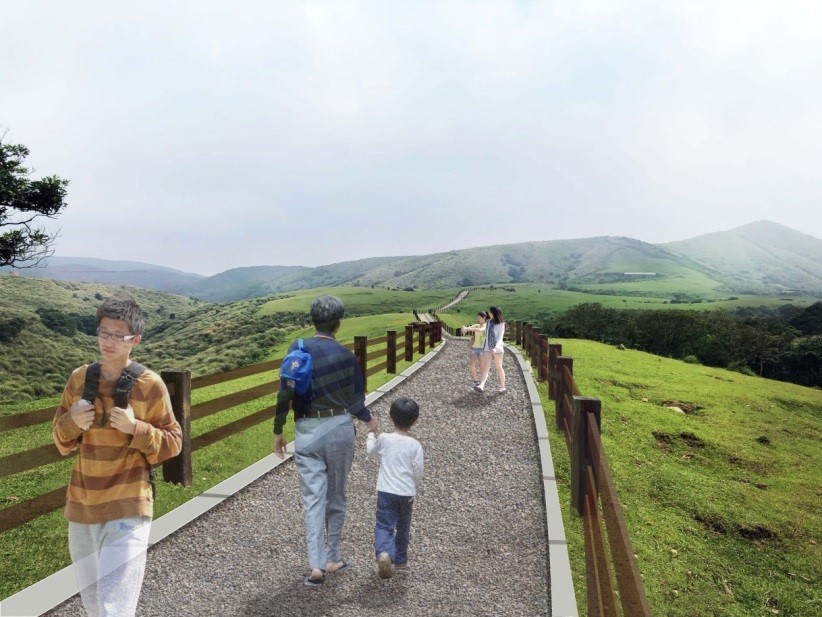
to adopt a visitor-buffalo segregation method
to prevent future incident of conflicts
between visitors and buffaloes
The Yushan National Park Tataka Recreational Area is a natural ecosystem with rich flora and fauna, but in recent years, the Tataka region has seen many incidents of improper animal feeding by visitors. Some visitors spread a large amount of feed grain, mealworms, and other methods along the road to attract birds for bird photography. Other visitors leave behind uneaten human food that is later consumed by animals.
Improper feeding and food left-over issues created by visitors not only change the eating habits of wild animals, but also create negative influences, such as health problems and behavioral changes, and hidden worries, such as conflicts or shared infectious diseases with humans. In response to these improper behaviors, the Yushan National Park Headquarters has increased the number of staff assigned to reinforce patrols and clear away fodder and left-over food. The Park is also actively promoting public awareness on the importance of leaving no food behind, and to carry one’s own trash down the mountain. The Park also kindly requests the public to wait patiently for photographic moments, so that the work is truly natural and encompasses real emotions.
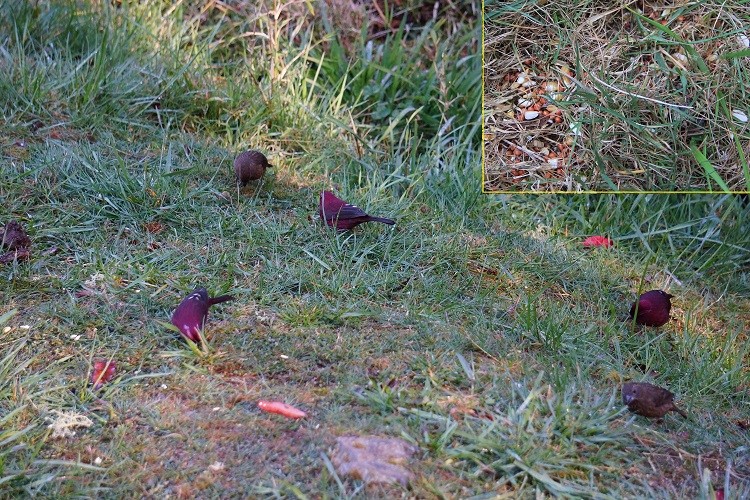
many incidents of improper animal feeding by visitors
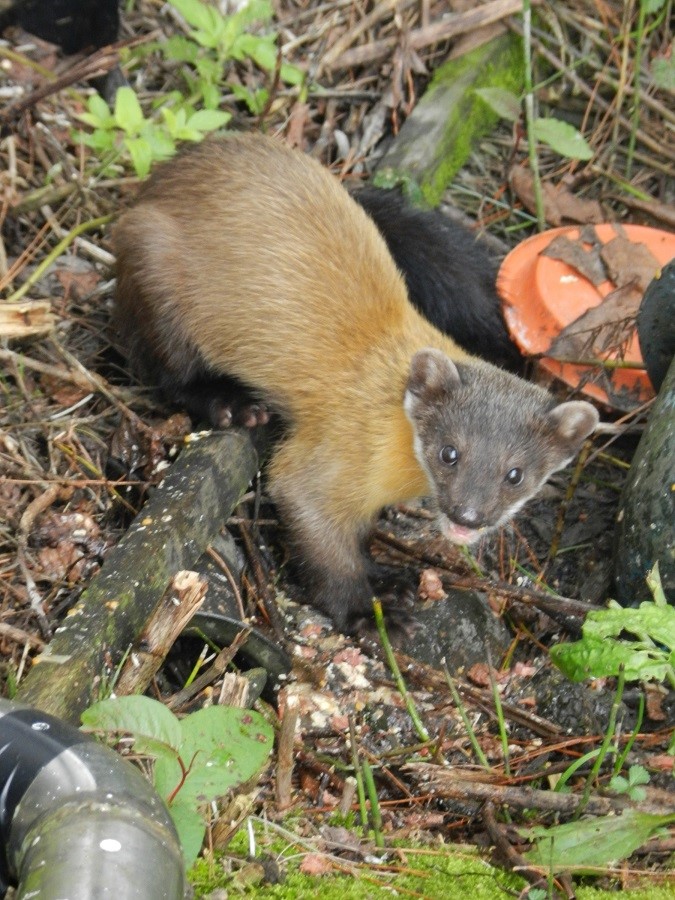
that is later consumed by animals
Being outdoors in a natural environment is really entering into the homes of wild animals. In order to prevent regrettable conflicts between visitors and wild animals, our national park headquarters have implemented many measures and approaches. In addition to passive segregation, raising public awareness, and reinforcing the concept of ecosystem conservation, the public is hereby encouraged to join in respecting and protecting the required living space of wild animals in the process of wildlife observations.


![Text size [Small]](/media/system/images/font_small.jpg)
![Text size [Medium]](/media/system/images/font_normal.jpg)
![Text size [Large]](/media/system/images/font_big.jpg)




